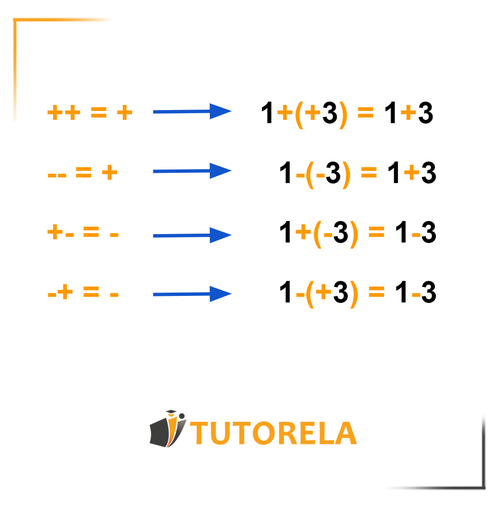In previous articles, we have studied real numbers and the grouping of terms, as well as the order of mathematical operations with parentheses. In this article, we move forward and combine these topics in order to understand when and how we can eliminate parentheses in real numbers.
Elimination of Parentheses Practice Problems & Solutions
Master eliminating parentheses in real numbers with step-by-step practice problems. Learn sign rules, solve equations, and build confidence with guided exercises.
- Apply the four sign rules: ++, --, +-, and -+ combinations
- Remove parentheses correctly using mathematical elimination rules
- Solve real number expressions with multiple parentheses groups
- Master positive and negative number operations without parentheses
- Complete multi-step problems involving parentheses elimination
- Build confidence with graduated difficulty practice exercises
Understanding Elimination of Parentheses in Real Numbers
What does the elimination of parentheses in real numbers mean?
When we perform grouping of like terms ("addition and subtraction") with real numbers, we confine the real number within parentheses.
Parentheses can be removed but when eliminating them, the following rules must be remembered:

Practice Elimination of Parentheses in Real Numbers
\( (+71)+(-18)= \)
Examples with solutions for Elimination of Parentheses in Real Numbers
What is the inverse number of
To solve the problem of finding the opposite number of , we will use the concept of opposite numbers:
- Step 1: Identify the given number, which is .
- Step 2: Determine the opposite number by changing the sign. The opposite of is calculated as follows:
The opposite of a negative number is its positive counterpart. So, the opposite of is .
Therefore, the answer is .
Answer:
What is the inverse number of
To solve this problem, we'll follow these steps:
- Step 1: Identify the given number.
- Step 2: Find its opposite by changing the sign.
Now, let's work through each step:
Step 1: The problem gives us the number .
Step 2: The opposite of a positive number is the same number with a negative sign.
Thus, the opposite of is .
Therefore, the opposite number of is .
Answer:
What is the additive inverse number of
To solve this problem, we'll follow these steps:
- Step 1: Identify the given number
- Step 2: Apply the definition of an opposite number
- Step 3: Conclude with the opposite number
Now, let's work through each step with detailed explanations:
Step 1: We are given the number . This is a positive integer.
Step 2: The definition of an opposite number states that the opposite of any number is . Here, .
Step 3: Using the definition, the opposite number of is calculated as .
Therefore, the solution to the problem is .
Answer:
Before you is a series of numbers
Arrange the numbers in ascending order from left to right
To arrange the numbers in ascending order, identify the numbers from the least to the greatest. Start by listing the numbers. Among them, is the smallest. Followed by , the next one is and the largest is . Therefore, in ascending order, the sequence is .
Answer:
What is the inverse number of
To determine the opposite number of , we need to understand what the opposite of a number means in mathematics.
The opposite of a number is simply a number with the same magnitude but the opposite sign. For any real number , its opposite is . When is already negative, its opposite is positive.
Given the number , we will apply the following steps:
- Identify the sign and magnitude: The given number is , a negative fraction.
- Apply sign change: The opposite is simply the positive version of , which is .
Thus, the opposite of is .
Therefore, the correct answer is .
Answer: